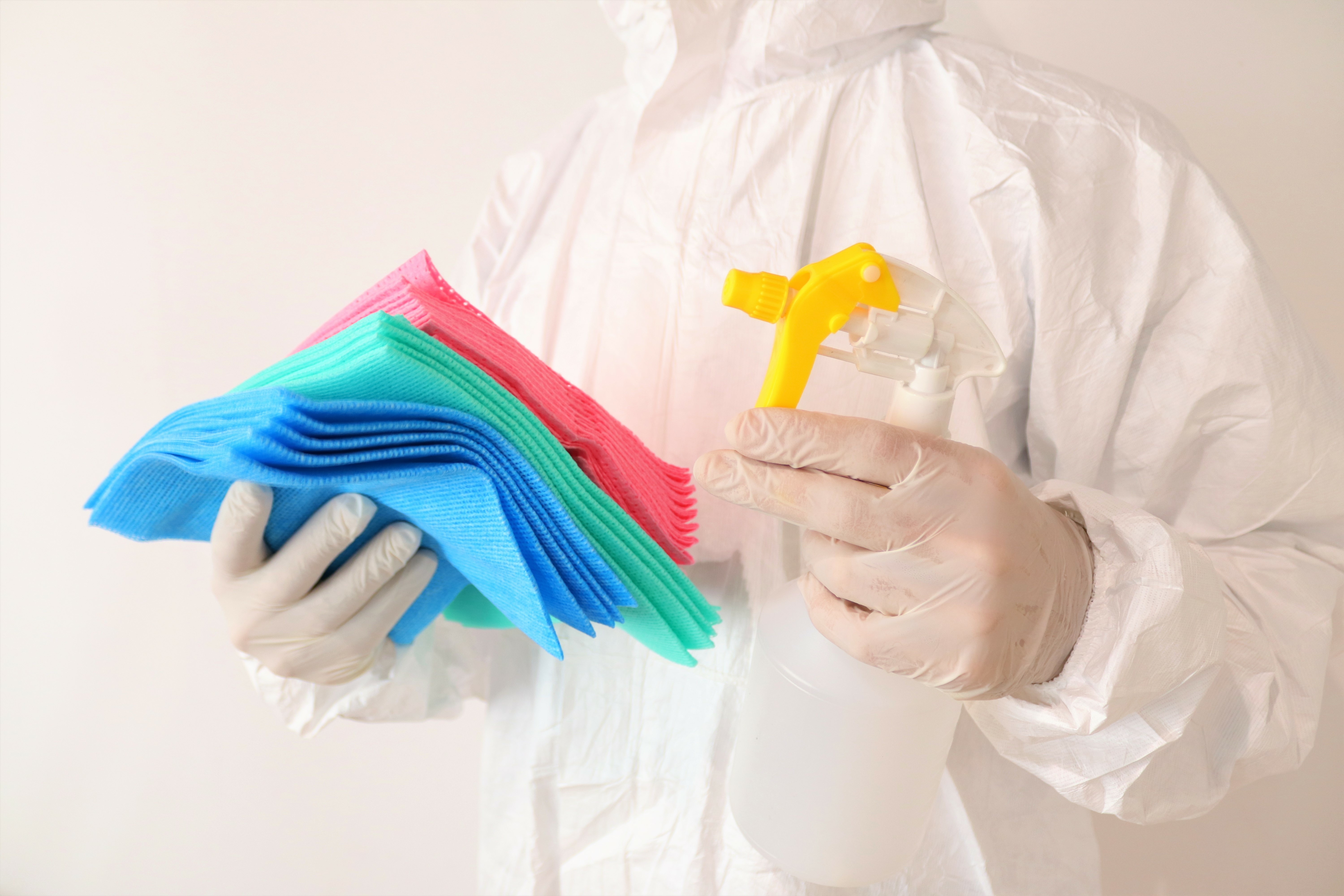The Definitive Guide to Colour Coding in Hygiene Management

In the world of cleanliness and infection control, the strategy of colour coding is more than just a trend; it's a game-changer. With its roots in the healthcare industry, colour coding has permeated into various domains, ranging from food manufacturing to educational institutions, transforming the way we approach hygiene management.
A comprehensive colour coding system is not merely an organizational tool; when executed effectively, it's a powerful method to prevent cross-contamination, increase operational efficiency, and ensure compliance with industry standards. This extensive guide unpacks the significance of colour coding and provides insights into its practical application across different sectors.
The Science of Colour Coding
At its core, the science behind colour coding is based on the principle of differentiation, visually segregating areas and equipment to reduce the risk of pathogens spreading. By assigning specific colours to different cleaning tools or areas, a clear demarcation is established, making it easier for staff to use the right tools in the right places. Understanding the psychology of colours and their association with specific tasks can further enhance the efficacy of this method.
Why Colour Makes a Difference
Colour is a language that transcends barriers; it communicates without the need for words. In the context of hygiene management, different shades and hues signal unique meanings, such as caution (yellow), cleanliness (white), or medical items (blue). The use of distinct colours can significantly decrease errors, where misusing a tool or placing it in the wrong location could have serious health implications.
The Impact on Operational Efficiency
Efficiency and speed often define modern operations. Colour coding expedites processes; staff can swiftly identify which equipment to use, which cleaning schedules to follow, and whether a surface has been appropriately sanitized. This not only saves time but also minimizes the chances of critical oversights.


Implementing Colour Coding in Your Facility
While the concept of colour coding is simple, its execution requires careful planning and communication. The following section outlines a step-by-step approach to seamlessly integrate colour coding into your hygiene management protocol.
Assessing Your Environment
Begin by conducting a thorough audit of your facility. Identify high-risk areas where cross-contamination is a concern, such as processing stations in a kitchen or patient rooms in a healthcare facility. This evaluation will dictate which colours are assigned to these zones.
Selecting the Right Tools
Once you've determined the colours necessary for your environment, it's time to choose the cleaning tools that will be associated with each shade. Quality and durability are key factors here, as tools should be able to withstand rigorous use and frequent washing without losing their colour.
Training Your Team
The success of your colour coding system depends on the understanding and compliance of your staff. Training sessions should cover the rationale behind the system, provide guidance on tool maintenance, and include practical demonstrations to ensure clarity.
Colour Coding Best Practices in Different Sectors
Each industry has its own set of regulations and requirements. The implementation of colour coding must align with industry best practices to ensure desired outcomes. Here are recommendations for specific sectors:


Food Manufacturing and Processing
In food handling and processing, the risk of contamination is exceptionally high. Colour coding can be life-saving. Red for raw meat, green for vegetables, and blue for raw fish, for instance, can prevent allergen cross-contact and microbial spread.
Healthcare Facilities
For hospitals and clinics, where infection control is paramount, a stringent system employing red for high-risk areas, green for kitchen implements, and yellow for isolation wards aids in maintaining a sanitary environment and safeguarding patients.
Educational Institutions
Sanitary practices are especially vital in schools and universities to protect the health of students and staff. By utilizing a colour system with blue for restrooms, yellow for cafeterias, and green for classrooms, it becomes simpler to uphold hygiene standards across the campus.
The Future of Hygiene Management
As we continually evolve, so too does the methodology of hygiene management. The future promises technological advancements and innovations that will complement and enhance traditional systems like colour coding, ensuring that hygiene practices remain at the forefront of public safety initiatives.


Global Standardization
With the expansion of global markets, there is a growing need for standardization in hygiene practices. Colour coding could potentially become a universal language for cleanliness, simplifying operations for multinational companies and ensuring consumer safety worldwide.
Continuous Education and Improvement
The learning never stops. Continuous education and improvement in hygiene methodologies will be vital to stay ahead of new pathogens and hygiene challenges. Organisations need to stay agile, update their systems, and keep their staff informed to adapt to the changing landscape of hygiene management.
Colour coding is a simple yet remarkably effective tool in the battle for a clean, safe environment. By correctly implementing and maintaining a colour code hygiene system, you not only enhance the visual organization of your workspace but also provide a significant boost to your infection control efforts, operational efficiency, and overall brand confidence. It’s time to paint your world with the colours of hygiene management.